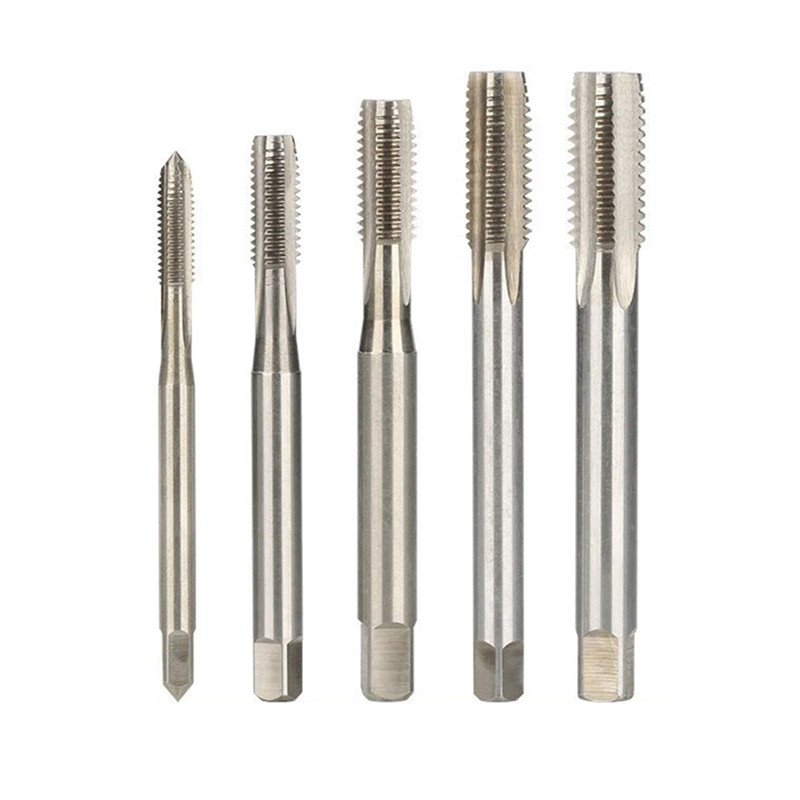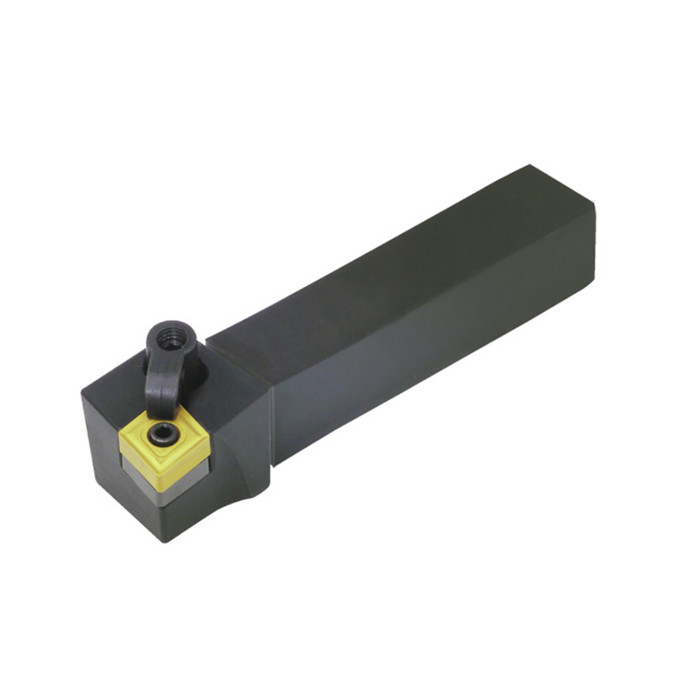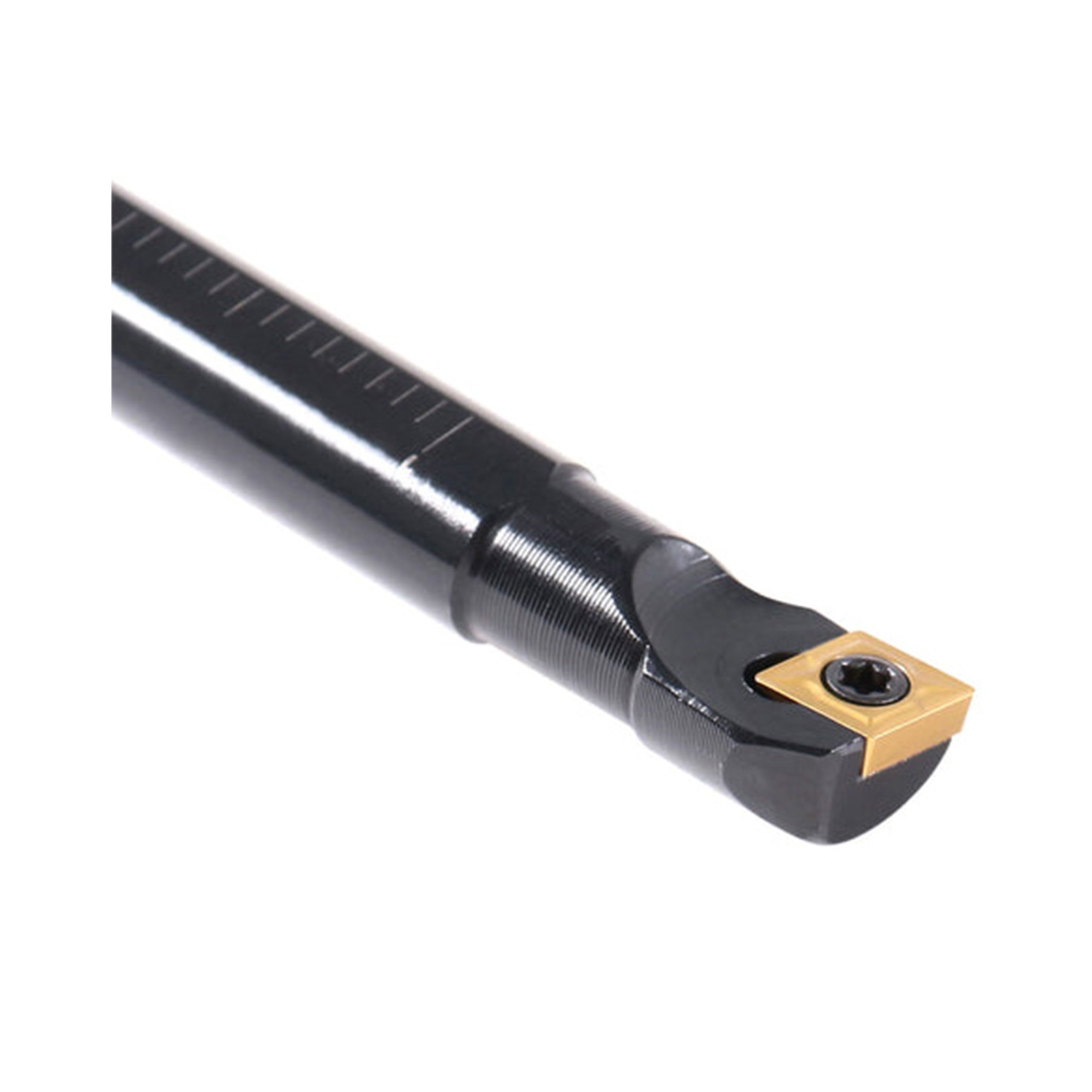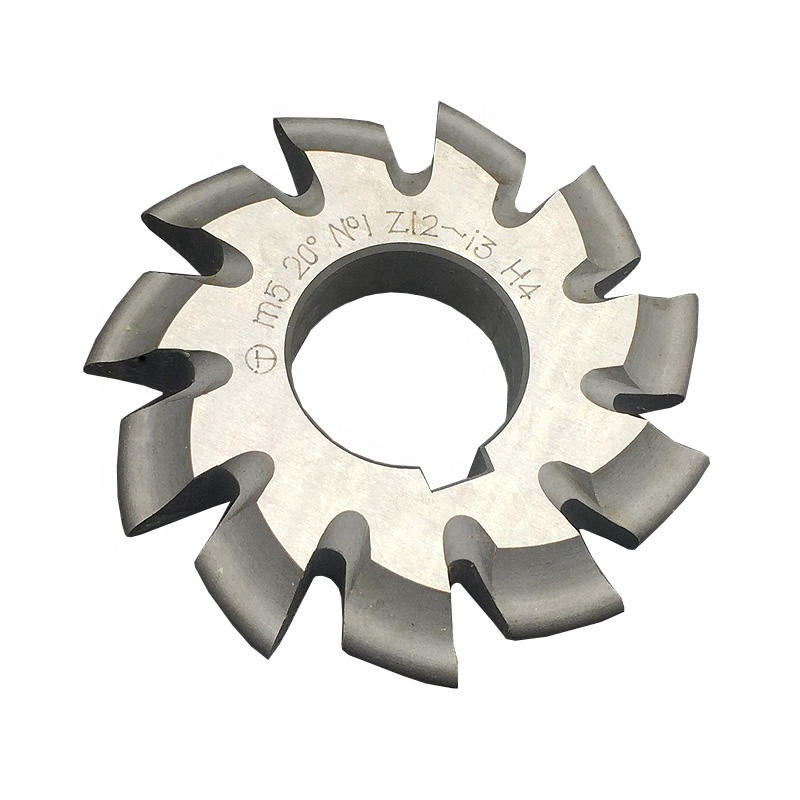High-Quality milling gear cutter
A high-quality milling gear cutter is essential for precision gear manufacturing. This guide explores the different types of cutters, their applications, and factors to consider when selecting the right one for your specific milling needs, ensuring optimal performance and longevity of your gears.
Understanding Milling Gear Cutters
A milling gear cutter is a specialized cutting tool designed for generating gears using a milling machine. These cutters come in various forms, each tailored to create gears with specific profiles and sizes. The precision and quality of the cutter directly impact the accuracy and performance of the finished gear.
Types of Milling Gear Cutters
Several types of milling gear cutters are available, each suited for different gear types and milling operations:
- Involute Gear Cutters: Designed to produce involute gears, the most common type. These cutters are available in sets to cover a range of tooth numbers.
- Spur Gear Cutters: Specifically for cutting spur gears, which have straight teeth parallel to the axis.
- Helical Gear Cutters: Used to create helical gears, where the teeth are angled to the axis.
- Bevel Gear Cutters: For manufacturing bevel gears, which have teeth cut on a conical surface.
- Worm Gear Cutters: Designed to cut worm gears, which mesh with worm wheels in worm gear drives.
- Sprocket Cutters: Used to cut sprockets for chain drives.
Materials Used in Milling Gear Cutters
The material of the milling gear cutter significantly affects its performance and lifespan. Common materials include:
- High-Speed Steel (HSS): A cost-effective option offering good wear resistance and toughness, suitable for general-purpose gear cutting.
- Cobalt High-Speed Steel (HSS-Co): Offers improved heat resistance and hardness compared to standard HSS, making it suitable for machining harder materials.
- Carbide: Provides exceptional hardness and wear resistance, ideal for high-speed machining and cutting hard materials like hardened steel. However, carbide cutters are more brittle than HSS.
Factors to Consider When Choosing a Milling Gear Cutter
Selecting the right milling gear cutter is crucial for achieving accurate and efficient gear production. Here are key factors to consider:
Gear Type and Specifications
The type of gear you need to manufacture (spur, helical, bevel, worm, etc.) will dictate the specific type of cutter required. Carefully consider the gear's:
- Module or Diametral Pitch: This determines the size and spacing of the gear teeth.
- Number of Teeth: Crucial for selecting the correct involute gear cutter from a set.
- Pressure Angle: The angle between the tooth profile and a radial line at the pitch point.
- Helix Angle (for helical gears): The angle of the gear teeth relative to the axis.
Material to Be Machined
The material of the workpiece influences the choice of cutter material and cutting parameters. Harder materials require cutters with higher hardness and wear resistance (e.g., carbide), while softer materials can be machined with HSS cutters. Consider the following material properties:
- Hardness: The resistance of the material to indentation.
- Tensile Strength: The material's resistance to breaking under tension.
- Machinability: How easily the material can be cut.
Machine Tool Capabilities
The capabilities of your milling machine also play a significant role. Consider the following:
- Spindle Speed: The maximum speed at which the cutter can rotate.
- Feed Rate: The rate at which the cutter moves through the workpiece.
- Machine Rigidity: The machine's ability to resist vibrations during cutting.
Cutter Geometry and Coating
The geometry of the cutter, including the number of teeth, rake angle, and clearance angle, affects its cutting performance. Coatings, such as Titanium Nitride (TiN) or Aluminum Titanium Nitride (AlTiN), can improve wear resistance and reduce friction.
Applications of High-Quality Milling Gear Cutters
High-quality milling gear cutters are used in a wide range of industries and applications, including:
- Automotive: Manufacturing gears for transmissions, differentials, and other drivetrain components.
- Aerospace: Producing high-precision gears for aircraft engines and flight control systems.
- Robotics: Creating gears for robotic arms, actuators, and gearboxes.
- Industrial Machinery: Manufacturing gears for pumps, compressors, and other industrial equipment.
- Medical Devices: Producing gears for surgical instruments and medical equipment requiring high precision and reliability.
Maintenance and Care of Milling Gear Cutters
Proper maintenance and care are essential for extending the life of your milling gear cutters and maintaining their performance. Here are some tips:
- Cleaning: Regularly clean cutters to remove chips and debris.
- Sharpening: Sharpen cutters when they become dull to maintain cutting efficiency.
- Storage: Store cutters in a dry, protected environment to prevent corrosion.
- Handling: Handle cutters carefully to avoid damage to the cutting edges.
Where to Find High-Quality Milling Gear Cutters
Finding a reliable supplier of high-quality milling gear cutters is crucial. Consider suppliers like Wayleading Tools. Ensure they offer detailed product specifications, technical support, and a proven track record of quality.
Examples of High-Quality Milling Gear Cutters
To illustrate the variety and precision available, consider these examples:
| Cutter Type | Material | Application | Example Product |
|---|---|---|---|
| Involute Gear Cutter | HSS | General-purpose gear cutting | {{Generic HSS Involute Cutter}} |
| Helical Gear Cutter | Carbide | High-speed cutting of helical gears | {{High-Performance Carbide Helical Cutter}} |
| Bevel Gear Cutter | HSS-Co | Cutting bevel gears in hardened steel | {{HSS-Co Bevel Gear Cutter for Hardened Steel}} |
Note: The example product names (e.g., '{{Generic HSS Involute Cutter}}') are placeholders and should be replaced with real product names when adding to a website.
Conclusion
Choosing the correct high-quality milling gear cutter is vital for achieving precise and efficient gear manufacturing. By considering factors such as gear type, material, machine capabilities, and cutter geometry, you can ensure optimal performance and longevity of your gears. Remember to prioritize maintenance and seek reliable suppliers to maximize the value of your investment.
Related products
Related products
Best selling products
Best selling products-
 CNMG & CNMM Turning Insert For Indexable Turning Tool Holder
CNMG & CNMM Turning Insert For Indexable Turning Tool Holder -
 Metric Thread Ring Gauge 6g Accuracy With Go & NO Go
Metric Thread Ring Gauge 6g Accuracy With Go & NO Go -
 Inch ER Collets With Hight Precision Milling
Inch ER Collets With Hight Precision Milling -
 Carbide Tipped Hole Cutter For Cutting Stainless Steel And Iron Or Steel Plate
Carbide Tipped Hole Cutter For Cutting Stainless Steel And Iron Or Steel Plate -
 Vernier Height Gauge With Magnifier With Adjustable Main Bean
Vernier Height Gauge With Magnifier With Adjustable Main Bean -
 HSS DIN371 Threading Tap With Straight And Spiral Or Spiral Point Flute
HSS DIN371 Threading Tap With Straight And Spiral Or Spiral Point Flute -
 Type C Cylinder Ball Nose Tungsten Carbide Rotary Burr
Type C Cylinder Ball Nose Tungsten Carbide Rotary Burr -
 Digital Depth Gauge With Stainless Steel For Industrial Type
Digital Depth Gauge With Stainless Steel For Industrial Type -
 MCLN Indexable Turning Tool Holder With Right And Left Hand
MCLN Indexable Turning Tool Holder With Right And Left Hand -
 5C Square Collet With Inch and Metric Size
5C Square Collet With Inch and Metric Size -
 SCFC Indexable Boring Bar With Right And Left Hand
SCFC Indexable Boring Bar With Right And Left Hand -
 3 Flutes HSS Chamfering Countersink Drill bitl With 60 And 90 Degree
3 Flutes HSS Chamfering Countersink Drill bitl With 60 And 90 Degree











